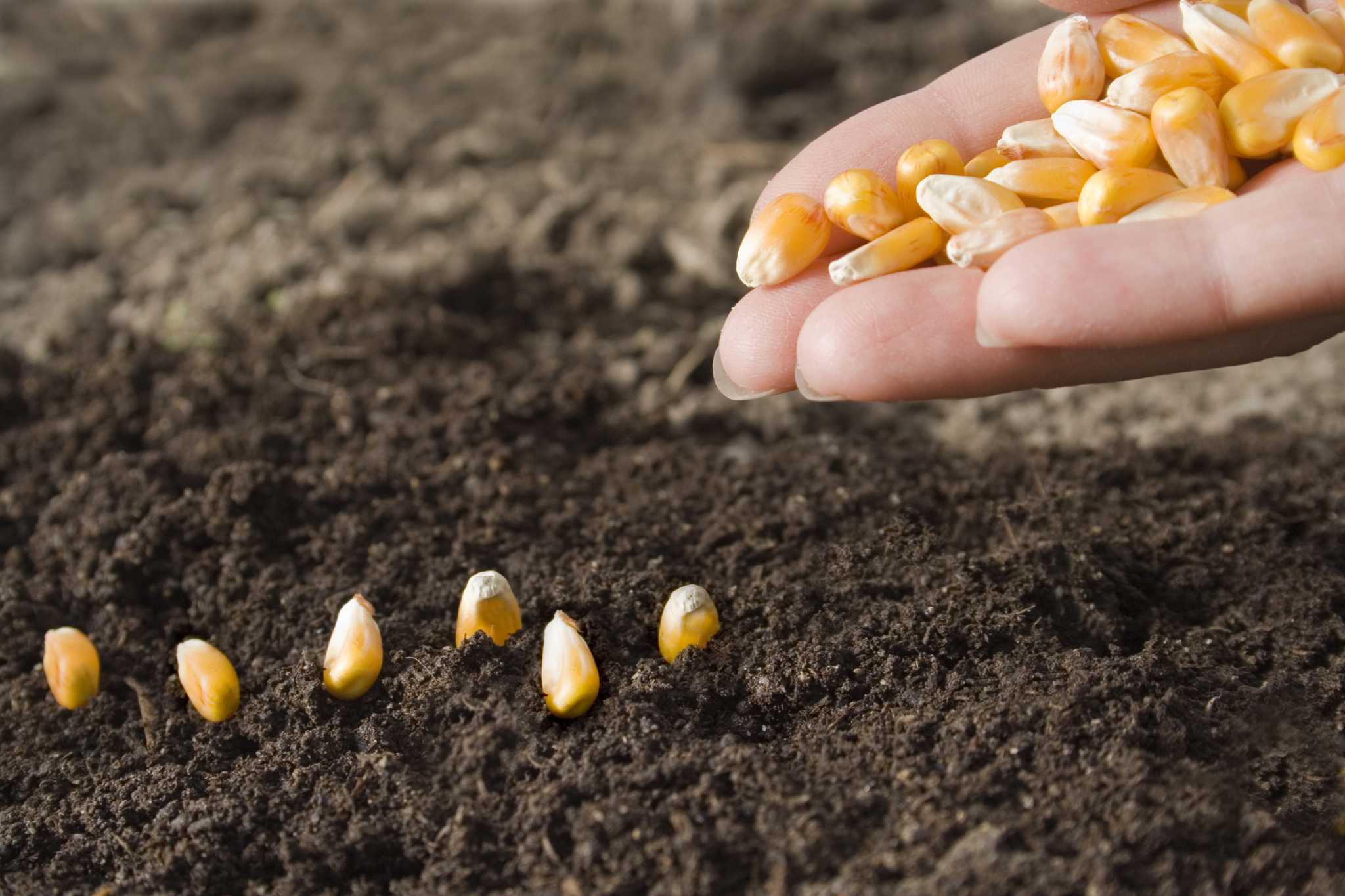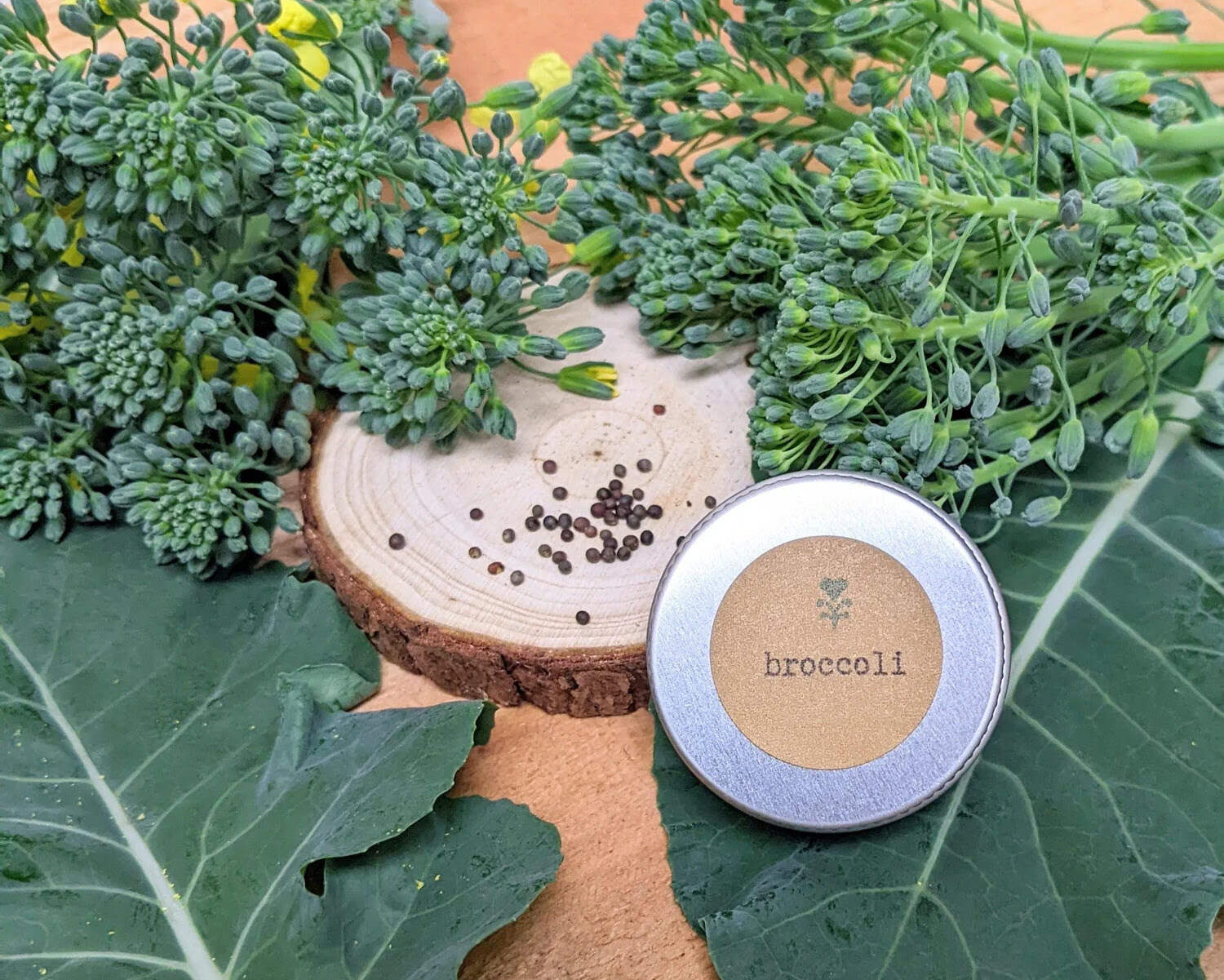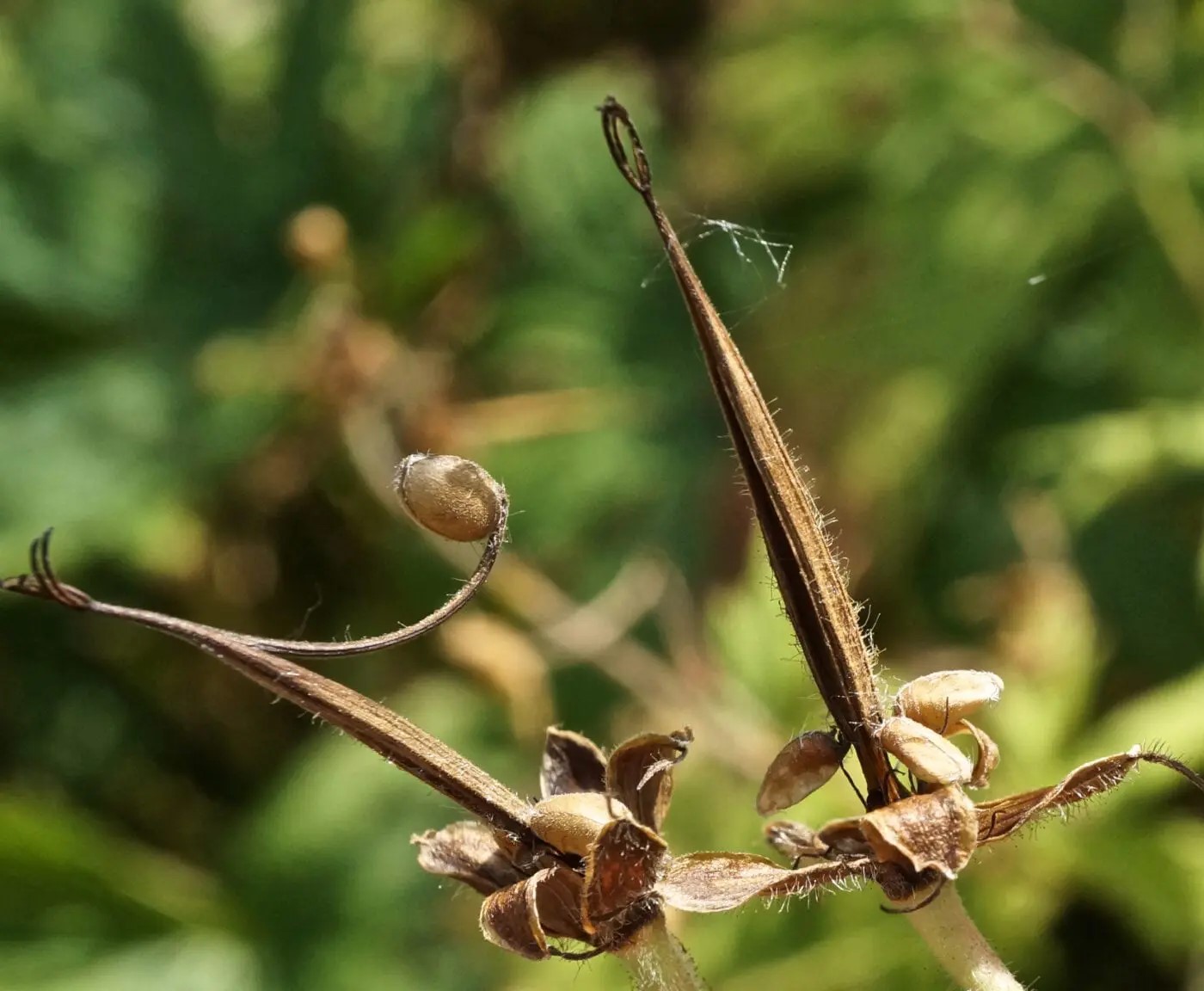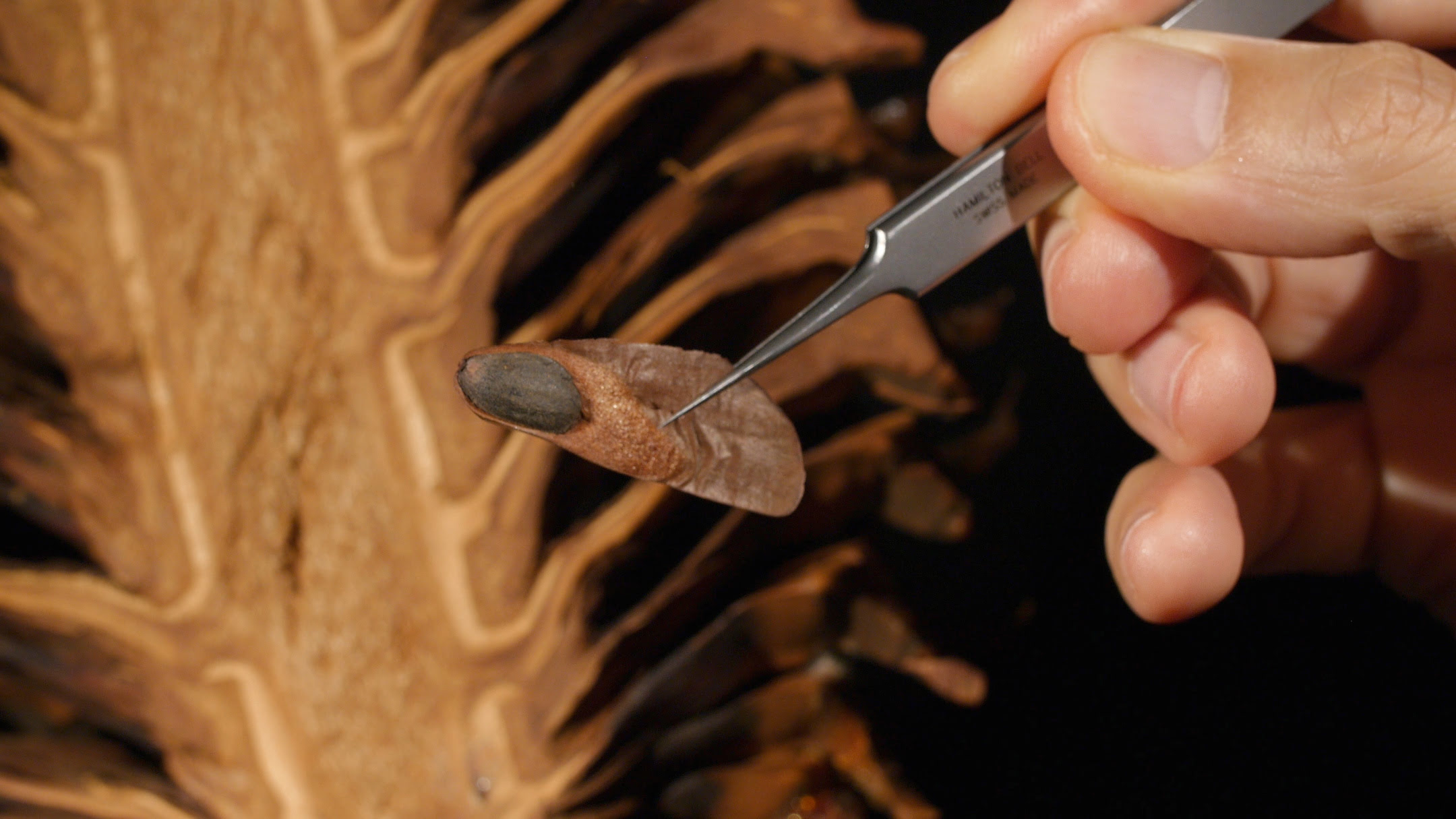Home>Garden Essentials>What Does Mustard Seed Look Like


Garden Essentials
What Does Mustard Seed Look Like
Modified: August 17, 2024
Discover what mustard seed looks like in a garden. Find out how to grow and care for this versatile plant in your own backyard.
(Many of the links in this article redirect to a specific reviewed product. Your purchase of these products through affiliate links helps to generate commission for Storables.com, at no extra cost. Learn more)
Introduction
Welcome to the fascinating world of mustard seeds! If you’re a gardening enthusiast or just someone who appreciates the beauty and variety of plants, you’ll be delighted to explore the physical characteristics of mustard seeds. These tiny powerhouses pack a punch in terms of flavor and health benefits, making them an essential ingredient in many culinary traditions around the world.
But before we dive into the specifics of what mustard seeds look like, let’s take a moment to understand their significance. Mustard seeds are derived from the mustard plant, scientifically known as Brassica spp., which belongs to the Brassicaceae family. These small, pearl-like seeds have been cultivated for thousands of years and are used in various forms, including whole, ground, or as an oil.
Mustard seeds have an extensive history that dates back to ancient civilizations, where they were valued for their culinary and medicinal properties. They have a distinct flavor profile that ranges from mild and slightly tangy to intensely spicy, depending on the variety.
So, if you’ve ever wondered what mustard seeds actually look like, read on as we explore their physical appearance, color, size, texture, and the different varieties that exist. We’ll also delve into their culinary uses and the health benefits that make them such a valuable addition to your garden and kitchen.
Key Takeaways:
- Mustard seeds come in various colors and sizes, adding visual interest and flavor to dishes. From mild yellow to bold black, these tiny seeds pack a punch in the culinary world.
- Beyond their culinary uses, mustard seeds offer health benefits such as promoting heart health, aiding digestion, and providing antioxidant support. Incorporating these tiny powerhouses into your diet can contribute to overall well-being.
Read more: What Does Calendula Seeds Look Like
Physical Appearance of Mustard Seeds
Mustard seeds are incredibly small and usually have an oval or spherical shape. They are typically about 1-2 millimeters in diameter, making them comparable in size to a pinhead or a poppy seed. Despite their small size, mustard seeds are packed with flavor and nutrients.
When examining mustard seeds, you’ll notice that they have a smooth and shiny outer shell that can range in color from light yellow to dark brown, depending on the variety. The shell is thin but tough, providing protection to the delicate embryo contained inside the seed.
Within the shell, mustard seeds contain two cotyledons, which are embryonic leaves that serve as nutrient storage for the developing seedling. These cotyledons have a creamy white color and a slightly wrinkled appearance, giving the seeds a distinctive texture.
Mustard seeds have a unique aroma that can be described as pungent and somewhat spicy. This aroma is more pronounced when the seeds are crushed or ground, releasing the oils and compounds responsible for their characteristic taste.
Overall, the physical appearance of mustard seeds showcases their small, round shape, smooth outer shell, and creamy white cotyledons. These features contribute to their distinctive look and texture, making them easily recognizable among other seeds and spices.
Now that we’ve explored the physical appearance of mustard seeds, let’s discover the wide range of colors that can be found in these tiny powerhouses.
Color of Mustard Seeds
Mustard seeds come in a range of colors, adding visual interest to both the seeds themselves and the dishes they are used in. The color of mustard seeds can vary depending on the variety and stage of maturity.
Yellow Mustard Seeds: The most common variety of mustard seeds, known as yellow or white mustard, are pale yellow in color. These seeds are milder in taste compared to other varieties and are commonly used in making yellow mustard condiments. The light hue of yellow mustard seeds adds a subtle touch to dishes, making them visually appealing.
Brown Mustard Seeds: As the name suggests, brown mustard seeds have a deeper hue than yellow mustard seeds. They range in color from light to dark brown and have a more pungent and robust flavor profile. The bold color of brown mustard seeds adds a visually striking element to recipes and is often used in Indian, Middle Eastern, and Asian cuisines.
Black Mustard Seeds: Black mustard seeds are the smallest and darkest in color among the mustard seed varieties. They are jet black and have a stronger, more intense flavor compared to other types. Black mustard seeds are commonly used in Indian and Southeast Asian cooking, where they are often fried or tempered in oil to release their distinctive flavor and aroma.
Red Mustard Seeds: While less commonly used, red mustard seeds are a unique variety that adds a vibrant burst of color to both the plant and the seeds themselves. The seeds have a reddish-brown color and a slightly spicier taste compared to yellow or brown mustard seeds. Red mustard seeds are popular in Chinese and Japanese cuisines, where they are used as a spice or pickled for added flavor.
Overall, the color of mustard seeds can vary from pale yellow to dark brown, with black and red varieties also available. Each color adds its own visual appeal and flavor profile to dishes, making mustard seeds a versatile and exciting ingredient in diverse culinary traditions.
Having explored the color spectrum of mustard seeds, let’s now turn our attention to their size and how it contributes to their overall appearance.
Size of Mustard Seeds
Despite their small size, mustard seeds certainly make a big impact. Measuring around 1-2 millimeters in diameter, these tiny seeds are comparable in size to a pinhead or a poppy seed. While they may be small, their significance in the culinary world cannot be overlooked.
The small size of mustard seeds has its advantages. Firstly, their tiny form allows for easy incorporation into dishes without overwhelming the overall texture. Whether you choose to sprinkle them on top of a salad or blend them into a sauce, their size ensures a subtle and enjoyable crunch.
Furthermore, the small size allows for quick and efficient germination. When sown in the garden or used for sprouting, mustard seeds sprout relatively quickly and easily due to their small structure. This makes them a popular choice for home gardeners and those interested in experimenting with microgreens.
Additionally, the small size of mustard seeds makes them easy to store and transport. They can be conveniently stored in containers or spice jars, occupying minimal space in your pantry. Their compactness also allows for easy distribution in the food industry, facilitating worldwide trade and availability.
While mustard seeds may be small in size, they are still packed with flavor and nutrients. Their diminutive form doesn’t hinder their ability to contribute a unique taste and texture to a wide variety of dishes, ranging from traditional Indian curries to spicy mustard condiments.
So, don’t underestimate the impact of these tiny seeds. Their size may be small, but their potential for adding depth and complexity to your culinary creations is certainly significant.
Now that we’ve explored the size of mustard seeds, let’s take a closer look at their texture and why it matters in the world of cooking and gardening.
Texture of Mustard Seeds
When it comes to the texture of mustard seeds, there are a few distinct characteristics that make them unique. Despite their small size, these seeds have a texture that adds both visual interest and sensory appeal to dishes.
One notable aspect of mustard seeds’ texture is their smooth and shiny outer shell. This thin membrane, which protects the delicate embryo inside the seed, gives the seeds a glossy appearance. When added to dishes or used as a garnish, this smooth texture adds a hint of elegance and enhances the overall presentation.
However, it’s important to note that the texture of mustard seeds also changes depending on how they are used. If left whole, the seeds have a slightly crunchy texture that provides a pleasant contrast to other ingredients. When chewed, the seeds release their characteristic flavor and lend a subtle burst of texture.
When ground, mustard seeds take on a different texture altogether. The grinding process breaks down the seeds, resulting in a fine powder with a slightly granular texture. This texture becomes evident when the ground mustard seeds are added to sauces, dressings, or spice blends.
Another texture-related aspect of mustard seeds lies in their ability to absorb liquids. When soaked or mixed with liquid, mustard seeds have a unique quality that allows them to swell and thicken, forming a gel-like consistency. This provides a wonderful emulsifying effect in recipes like mustard sauces and marinades.
Over time, the texture of mustard seeds can also change if they are stored improperly. They may lose their crunchiness and become soft or mushy, which can affect the overall quality of dishes. Therefore, it’s essential to store mustard seeds in a cool, dry place to preserve their texture and flavor.
Overall, the texture of mustard seeds is a combination of their smooth outer shell, crunchiness when whole, granular texture when ground, and the ability to absorb liquids. This diverse texture profile adds depth and complexity to dishes, making mustard seeds a versatile and enjoyable ingredient to work with.
Now that we’ve covered the texture of mustard seeds, let’s explore the different varieties and their unique characteristics.
Mustard seeds are small, round seeds that can be yellow, brown, or black in color. They are commonly used in cooking and can be found in whole or ground form.
Read more: What Does A Cactus Seed Look Like
Varieties of Mustard Seeds
Mustard seeds come in several varieties, each with its own distinct characteristics in terms of flavor, aroma, and usage. Let’s explore some of the most common varieties:
- Yellow Mustard Seeds: Also known as white mustard seeds, these are the mildest variety with a subtle, slightly tangy flavor. They are commonly used in North American and European cuisines, particularly in making yellow mustard condiments.
- Brown Mustard Seeds: Brown mustard seeds have a more pungent and robust flavor compared to yellow mustard seeds. Their flavor profile ranges from sharp and spicy to slightly nutty. This variety is often used in Indian, Middle Eastern, and Asian cuisines, especially in curry pastes, pickles, and chutneys.
- Black Mustard Seeds: Black mustard seeds are the tiniest but most potent in terms of flavor. They have a strong, sharp, and tangy taste, complemented by a hint of bitterness. Black mustard seeds are frequently used in Indian and Southeast Asian cooking, where they are commonly tempered in oil and used in curries, masalas, and spice blends.
- Red Mustard Seeds: Red mustard seeds have a unique appearance with their reddish-brown color. They are less commonly used but have a slightly spicier taste compared to other varieties. Red mustard seeds are used in Chinese and Japanese cuisines, often pickled or used in stir-fries and dressings.
These are just a few examples of the wide range of mustard seed varieties available. It’s important to note that the flavor and intensity of mustard seeds can vary depending on factors such as growing conditions, soil type, and processing methods. Experimenting with different varieties can add depth and complexity to your recipes, allowing you to tailor the flavor profile to your preferences.
When selecting mustard seeds, it’s recommended to choose high-quality, organic seeds from reputable sources. This ensures that you are getting the best flavors and nutritional benefits from the seeds you use in your culinary creations.
Now that we’ve explored the varieties of mustard seeds, let’s move on to the exciting topic of their culinary uses.
Culinary Uses of Mustard Seeds
Mustard seeds are a versatile ingredient that adds depth, flavor, and a delightful crunch to a wide range of culinary creations. They are used in various forms, including whole, ground, or as an oil, and can be incorporated into dishes from different cuisines.
One of the most common culinary uses of mustard seeds is in spice blends and rubs. Whole mustard seeds are often toasted or tempered in oil to release their aroma and flavors before being ground and added to blends like curry powder, garam masala, or dry rubs for meats and vegetables.
Mustard seeds are also utilized in pickling and fermentation. They add a tangy and slightly spicy flavor when added to pickled vegetables, such as sauerkraut or pickled cucumbers. The seeds can be added whole or crushed to release their unique flavor during the fermentation process.
Another popular culinary application of mustard seeds is in sauces and condiments. Ground mustard seeds, mixed with water or other liquids, create a paste that forms the base of various mustard condiments. From the classic yellow mustard to Dijon mustard and grainy mustard varieties, these tangy and flavorful condiments are a staple on many dining tables.
Mustard seeds are also used in Indian cuisine to add flavor and texture to dishes. They are commonly tempered in hot oil along with other spices, such as cumin and fenugreek seeds, to create a fragrant and aromatic base for curries, lentil dishes, and vegetable stir-fries.
In addition to these uses, mustard seeds can be added to salad dressings, marinades, and vinaigrettes, providing a zesty kick and an interesting texture. The seeds can also be sprinkled over roasted vegetables or incorporated into bread and baked goods for an extra burst of flavor.
Aside from their culinary uses, mustard seeds are also valued for their health benefits and are believed to have properties that promote digestion, reduce inflammation, and provide antioxidant support.
With their bold flavor and crunchy texture, mustard seeds are truly a versatile ingredient that can elevate a wide variety of dishes. Let your creativity and taste buds guide you as you explore the countless ways to incorporate these tiny powerhouses into your culinary repertoire.
Now that we’ve covered the culinary uses of mustard seeds, let’s move on to explore their potential health benefits.
Health Benefits of Mustard Seeds
In addition to their culinary versatility, mustard seeds also offer a range of health benefits. These little seeds are packed with essential nutrients and bioactive compounds that can provide various advantages for your well-being.
1. Cardiovascular Health: Mustard seeds are rich in omega-3 fatty acids, which are known to promote heart health. These healthy fats help reduce inflammation, lower blood pressure, and improve overall cardiovascular function.
2. Digestive Health: Mustard seeds have traditionally been used to aid digestion and stimulate the appetite. They contain enzymes that assist in breaking down food, helping to alleviate digestive issues like bloating and flatulence.
3. Anti-inflammatory Properties: The compounds present in mustard seeds, such as glucosinolates and isothiocyanates, have potent anti-inflammatory effects. These compounds help reduce inflammation in the body, which is linked to various chronic diseases.
4. Antioxidant Support: Mustard seeds are a good source of antioxidants, including phenolic compounds, flavonoids, and vitamin C. These antioxidants help combat oxidative stress caused by free radicals and protect the body against cellular damage.
5. Cancer Prevention: The high content of glucosinolates in mustard seeds has been linked to a reduced risk of certain types of cancer, including colorectal, lung, and bladder cancer. These compounds have been found to have anticancer properties and may help inhibit the growth of cancer cells.
6. Bone Health: Mustard seeds contain minerals like calcium, magnesium, and phosphorus that are essential for maintaining strong and healthy bones. Regular consumption of these seeds can help improve bone density and reduce the risk of osteoporosis.
7. Weight Management: Mustard seeds are low in calories but high in fiber, which can help promote feelings of fullness and aid in weight management. The fiber content also supports healthy digestion and helps regulate blood sugar levels.
It’s important to note that while mustard seeds offer these health benefits, they should be consumed as part of a balanced diet and in moderation. Always consult with a healthcare professional before making any significant changes to your diet, especially if you have any underlying health conditions or allergies.
Now that you’re aware of the potential health benefits of mustard seeds, let’s conclude our exploration of these incredible seeds.
Conclusion
Mustard seeds, with their unique physical appearance, color, size, and texture, are truly remarkable little powerhouses. These tiny seeds have made their mark in the culinary world, adding flavor, crunch, and a touch of sophistication to a wide variety of dishes and cuisines.
From their milder yellow variety to the boldness of brown, black, and red varieties, mustard seeds offer a spectrum of flavors and intensities to suit every palate. Their versatility extends from spice blends to pickling, from sauces to dressings, and from Indian curries to European condiments.
But mustard seeds are more than just a culinary ingredient. They also offer a range of health benefits, from promoting heart health and aiding digestion to reducing inflammation and providing antioxidant support. Incorporating these seeds into your diet can contribute to your overall well-being.
Whether you’re a gardening enthusiast looking to grow your own mustard plants or a home cook seeking to experiment with exciting flavors, mustard seeds are sure to provide you with endless culinary possibilities.
So, venture into the world of mustard seeds, explore their various varieties, experiment with different recipes, and savor the unique flavors they bring. Let these small but mighty seeds become a staple in your kitchen, adding depth, character, and a delightful crunch to your culinary creations.
With their rich history, diverse flavors, and abundant health benefits, mustard seeds have rightfully earned their place in the spotlight. Embrace the magic of mustard seeds and enjoy the wonders they bring to your garden, your palate, and your well-being.
Frequently Asked Questions about What Does Mustard Seed Look Like
Was this page helpful?
At Storables.com, we guarantee accurate and reliable information. Our content, validated by Expert Board Contributors, is crafted following stringent Editorial Policies. We're committed to providing you with well-researched, expert-backed insights for all your informational needs.















0 thoughts on “What Does Mustard Seed Look Like”